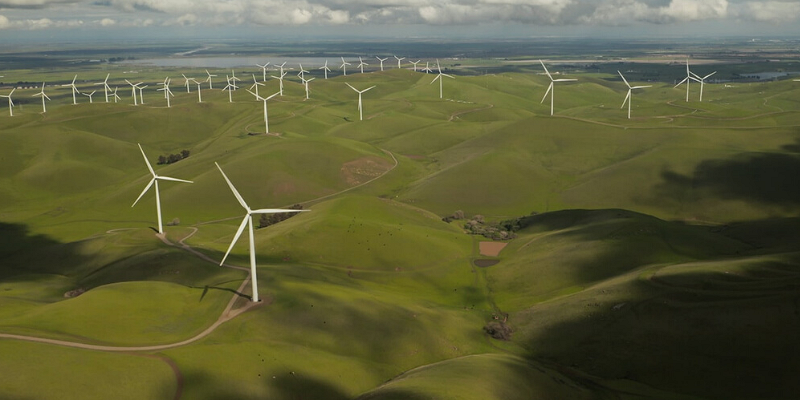How close is Northern Ireland to meeting its energy targets?

Northern Ireland’s 2010 - 2020 Strategic Energy Framework includes a target for 40% of its power to be generated from renewable sources by 2020. However, it appears that Northern Ireland has hit this target ahead of schedule.
Statistics published by the Department for the Economy (DfE) in early September 2019, show that for the 12-month period between July 2018 to June 2019, 44% of total electricity consumption in Northern Ireland was generated from renewable sources located in Northern Ireland. Compared to 2005, when the Northern Ireland Renewables Obligation incentive scheme (NIRO) was first introduced, the figure stood at just 3%. The NIRO was designed to incentivise renewable electricity generation across the country.

Source: Northern Ireland Statistics and Research Agency
The graph above shows the percentage increase of electricity consumption from renewable sources over the last 10 years – more than a fivefold increase from June 2009 to June 2019. In June 2019, approximately 555 GWh of electricity was consumed in Northern Ireland, of which 207 GWh was generated from renewable sources within NI. This is significantly higher than the corresponding figure for the same month in the previous year of 155GWh in June 2018.
Wind leads the way
Without a doubt, the vast majority of renewable electricity generated within Northern Ireland comes from wind sources. In fact, 85.3% of total renewable generation from July 2018 to June 2019 came from wind, with biogas the second largest contributor with just 5.5% consumption.
Based on the graph above, the Renewables Obligation has been crucial in the uptake of renewable technologies in Northern Ireland for the past decade. We can see that there has been a significant spike across 2017 after the NIRO scheme was closed, this may be a result of wind turbines installed during the NIRO onshore wind grace periods, the final one of which closed on 31 March 2019.
The Office of Gas and Electricity Market's recent publication found that wind turbines under 250kW accounted for a third of onshore wind Renewables Obligation Certificates (ROCs) and anaerobic digestion stations with a Declared Net Capacity (DNC) of less than 500kW, accounted for over a half of fuelled ROCs, and 92% of all solar ROCs were issued to stations with a capacity 50kW and below.
An honourable mention for solar
It is also worth mentioning that solar technology, while it may only contribute a small amount to Northern Ireland’s electricity targets compared to wind, had the highest number of accredited stations under the NIRO scheme across all other technologies for the 2017-2018 period. A total of 22,199 generating stations across Northern Ireland.
What's next?
It is vital that Northern Ireland continues to develop energy policies, and strives to meet renewable energy targets going forward, however, without an acting assembly this is likely to become an uphill struggle. Permanent Secretary, Noel Lavery, has stated that the UK government's commitment to achieving net-zero carbon emissions by 2050 means that Northern Ireland needs to move significantly beyond 40% consumption from renewable sources.
Interested in Northern Ireland's energy future? Take a look at our Proposal for a Renewable Future or learn more about how we can store electricity in our blog.



